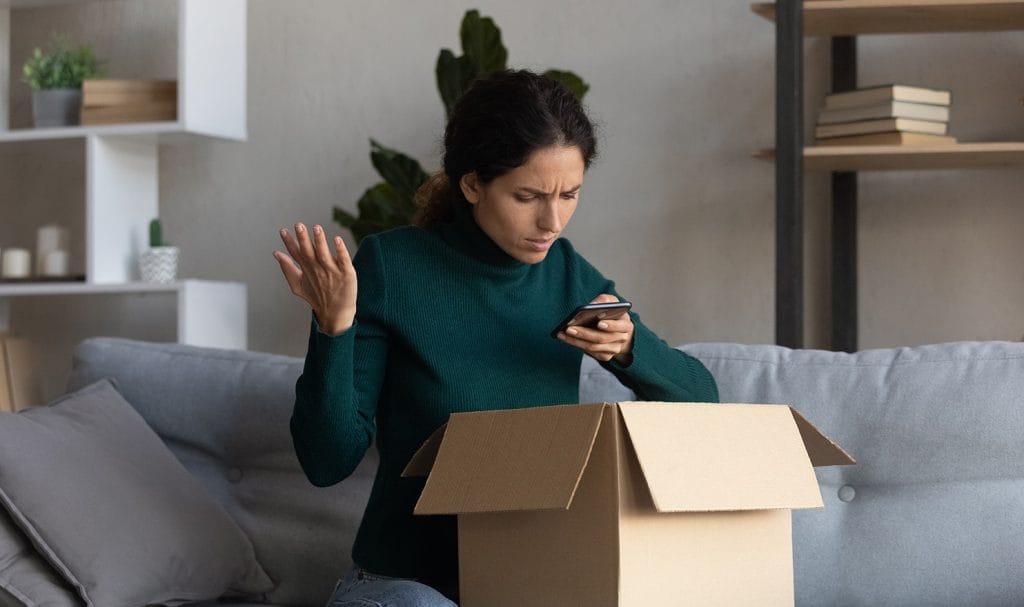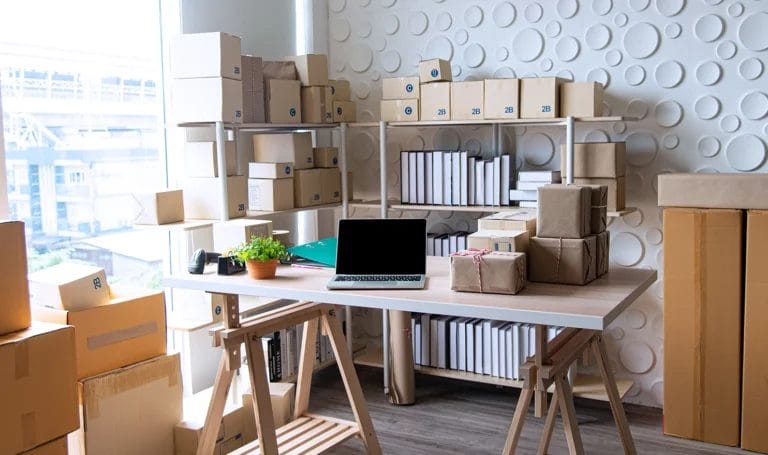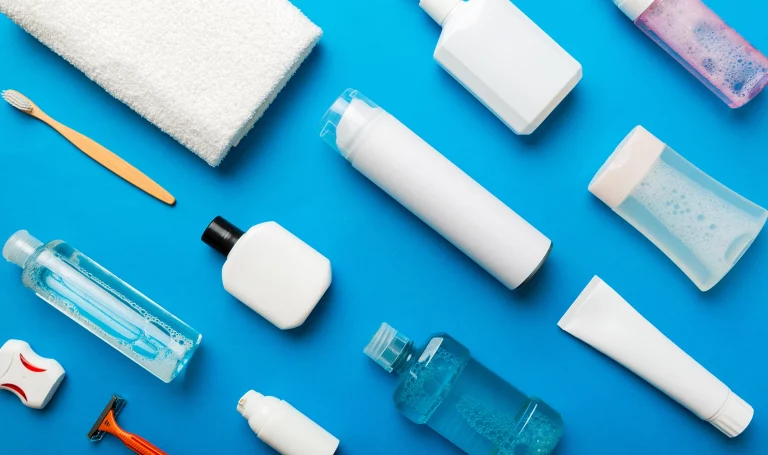We like, retweet, and share videos on the internet everyday that are labeled as a #Fail. They make us laugh and boost our self-esteem, and they teach us a lot about what not to do in life.
But did you know they can help those in the supply chain prevent costly mistakes and avoid product liability claims?
With the average claim costing over $25,000, one accident could have a seller, manufacturer, or distributor facing some serious financial losses. And with the popularity of “fail” videos being shared across social media daily, your reputation could be damaged as well.
On the bright side, you now have the opportunity to learn from other people’s mistakes. Whether it’s poor packaging or faulty product design, these six TikTok videos can show you what to look for when it comes to product safety.
#1: Product packaging can get a little messy
@theouai Real ones know ☁️ #beauty #hairtok #hair #hairproductreview #fail
♬ I am a Socialist - Brandons.Sounds
Ouai took to social media to address a common problem many of their customers were experiencing with their dry foam shampoo. The pressurized product was known for overflowing and even exploding in customers’ homes. The company has since discontinued the product out of safety for customers and in hope of finding a new way to package it in the future.
If the product was to explode and injure someone, or overflow and damage a customer’s flooring, Ouai could be financially responsible for those incidents. Having better product testing could have helped them avoid this issue, and investing in insurance may have helped them cover the cost for any claims they received.
#2: The glass wasn’t the only thing shattered
Sami, a candlemaker, was excited to receive some new jars for her candles. Sadly, she found at least half of the glass containers were shattered inside the box. While a seller cannot control what happens during shipping, poorly packaged products can still lead to harmful injuries.
If Sami had cut her hand on the glass, or if there were small cracks that later broke when a customer was using a candle, the manufacturer, seller, and importer of the glass jars could be held responsible for the damages. Safely packaging fragile products can help prevent things from breaking during shipment and lower the chance of injury.
#3: Instructions that just don’t instruct
Daniel was working on renovating a bathroom shower when suddenly he ran into an issue installing the faucet handle. It appears there was a manufacturing error in the parts, and the directions Daniel read were not very clear.
Manufacturing defects are one of the leading causes for product liability claims. These types of errors can usually be flagged through product testing and inspection during the manufacturing process. Also running focus groups to test the assembly and readability of the instructions can help the manufacturers to produce a higher quality product.
#4: How to find a defect in a snap
@jihae_0706 Watch me discover how much money I wasted on defective products? #angry #scam #wasteofmoney #defectiveproduct #clothespeg #laundrytok #laundryday #fy
♬ original sound - 칠리?? - Your digital baddie Asian gf?
This TikToker was frustrated to find out more than 100 of the brand new clothespins she ordered were defective. If she had not tested the product out for herself first, she could have injured herself trying to use the clothespins.
One reason for manufacturing errors comes from the material being used to make the products. It is possible the supplier is providing faulty or low quality materials, leading to a defective product. Taking a look at the materials being used, or even a redesign of the product, may help improve its functionality.
#5: Trying to cut down on shipping costs?
This crafter had ordered more of the velvet stickers she uses to make her products, but noticed it was poorly packaged. After having to use scissors to cut open the envelope, she realized her scissors had accidentally sliced through her product as well.
The seller of the item should have placed the velvet stickers in more suitable packaging or provided instructions on how to open it. As a result, the crafter’s property was now damaged and she could not finish all of her crafts that needed these stickers, making the seller at fault for potential liability claims.
#6: That could get a bit painful…
Matthew went to change the bit on his drill when he realized it was painful trying to remove them from the casing. If he was to use the amount of strength he needed to retrieve the drill bit, he could have seriously cut his fingers or hands.
If Matthew were to press charges for the injuries he sustained while using the drill bits, Milwaukee could be held responsible for covering any of his medical bills, lost wages, and legal fees. Formulating a better product design and providing safety warnings or instructions for removing the drill bits just might save them thousands of dollars.
How can I protect my products and my business from claims?
Even when we try our best to offer safe products, accidents can still happen. This is why it’s wise to invest in product liability insurance.
Essentially, this is a type of insurance coverage designed to help you pay for claims of bodily harm or property damage caused by your product. If someone cuts their hand on a broken piece of a product or an electrical component malfunctions and starts a fire, your insurance can help you pay for the injuries and damages.
Additionally, product liability insurance can help you cover claims where your product is mislabeled, defective, or missing warnings and instructions—which can lead to product recalls and legal fees if you are sued.
One of the best insurance providers on the market is Insurance Canopy. We specialize in helping businesses find the right product liability insurance plan for them. Our plans are customizable, affordable, and can be managed entirely online.

Better Protection Starts With Insurance Canopy
Since 2012, more than 10,000 businesses have used Insurance Canopy to access top-rated product liability insurance. Our combined product and general liability insurance plan can help you defend yourself against first- and third-party claims.
Don’t let your product become the next viral fail video. Start testing your products, updating labels, and improving your packaging. Most importantly, start insuring your business with Insurance Canopy today.





